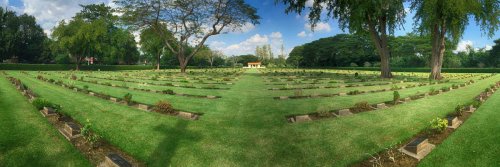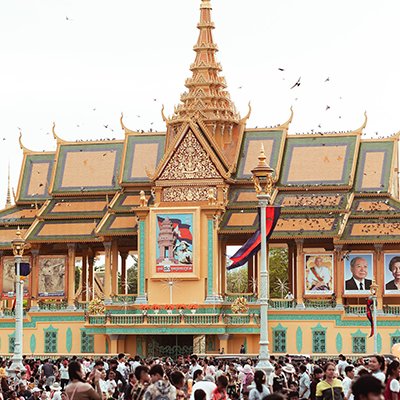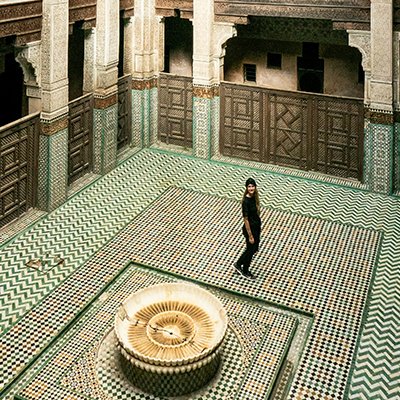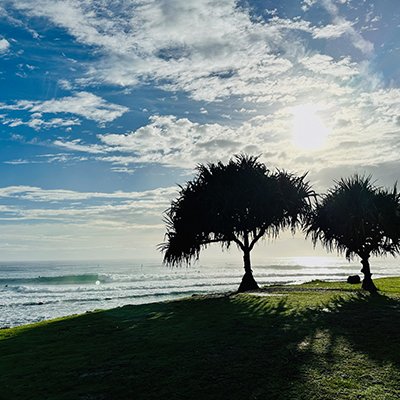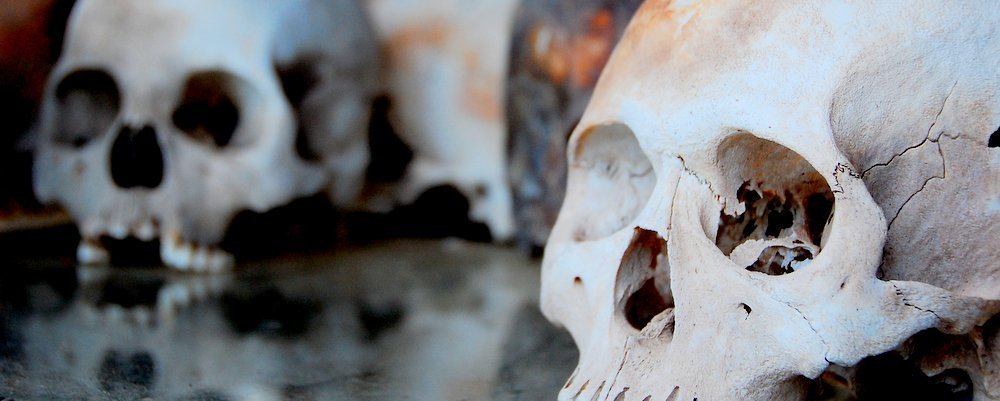
Image: Mendhak@Flickr
I recently came across an article referring to "dark tourism", a subject that I had never really considered before. Despite my penchant for haunting old cemeteries in my travels, my predilection for checking out gruesome archaic prisons, and my tendency to meander around sites where horrific incidents have taken place. Is it that I am warped, I have an overdose of morbid curiosity or I merely want to understand and look history in the face of whatever country I may be in?
What is dark tourism?
Sometimes referred to as "black" or "grief" tourism, dark tourism is associated with travel to places related to death and tragedy. It is the historical value rather than the association with suffering and death that draw most people to such sites. The question is more one of "intention" when a tourist visits a site associated with death as to whether you will be labelled a sensational ghoul seeker or a curious open-minded traveller.
There is also the question of how commercial these sites have become and who profits from "death" tours. Some operators blatantly dramatize an horrific event revelling in the gory details and offering macabre add-ons for a price, such as firing an AK-47 when visiting the Cu Chi Tunnels near the Ho Chi Minh city in Vietnam, whilst others approach sensitive areas - think terrorism, nuclear disasters and places of genocide - with heart-wrenching care and empathy, in no way glorifying what has taken place.
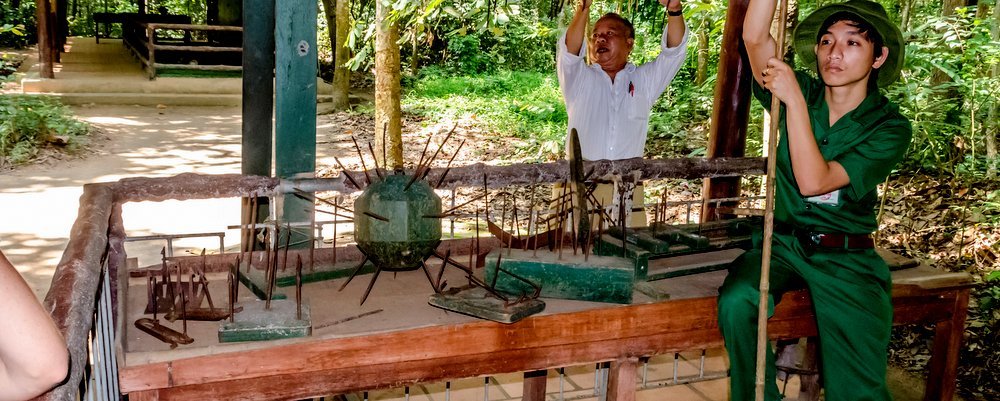
Image: Robin Hickmott@Flickr
Dark tourism is not a new fad on the tourist merry-go-round as people have for years been visiting sites of natural disasters and places where man's inhumanity to man has exceeded every nightmare imaginable. Think of the Taj Mahal, which is a tomb (albeit a stunning one), the Roman Coliseum, Pompeii and the pyramids of Egypt – all of these sites intrigue for their historical value and have been on the tourist radar for eons. More recently you have the September 11 Memorial of New York, the Cu Chi tunnels of Vietnam, the Killing Fields of Cambodia and the list goes on, as there is no shortage of death and disaster sites to visit around the world if you are so inclined.
Varieties of Dark Tourism
As with every classification, you can put the different kinds of dark tourism into boxes. Dark tourism sites can be anything from natural or industrial disasters, humanitarian catastrophes to man's evil intentions.
From grave hunting, holocaust, genocide, prisons, disaster areas, communism, cults, nuclear, Cold War and Iron Curtain tourism to even yucky medical tourism (archaic sanitariums for the insane), there is a site in the world for it.
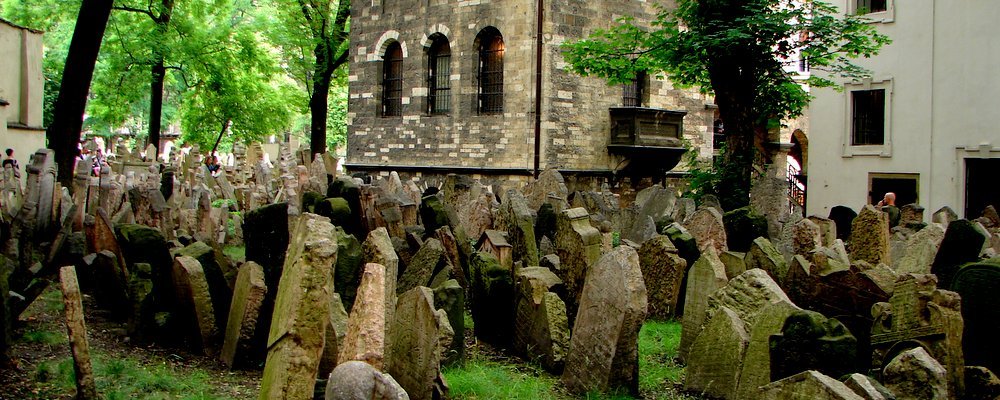
Image: Tjflex2@Flickr
Apart from gazing at monuments to the past, I have walked around the bombs on display at the Landmine Museum near Siem Reap Cambodia, a country with one of the darkest histories on earth and where a whole generation has vanished from the countryside. I basically tiptoed through the medieval Jewish Cemetery in Prague and left the museum with misty eyes where numerous children’s drawings from the camps were on display. I scared myself witless stumbling through the sometimes dimly lit Paris Catacombs with its macabre passageways decorated with skulls and human bones. I have sat in the sand on the beach at Yala National Park Sri Lanka where in 2004 a deadly tsunami roared over the shores, in awe of the immensity of nature's wrath. In Thailand I have strolled over the Bridge on the River Kwai, part of the Death Railway that claimed so many lives during World War II and then through the silent and still air of the Kanchanaburi War Cemetery with its unnamed headstones bringing home the reality of war.
This is only a small slice of my "dark tourism" travels, but each place has made an impact on how I view mankind and the world.
Why go to such horrific sites?
I am probably a perfect example of having studied numerous historical sites where horrific events took place all in the name of "Ancient" or "Modern" history during my school years. It is now, travelling the world, that I find myself unintentionally searching out these places, not out of morbid inclination but to put them into context as being "real", compared to just something I saw or read about in a book.
I invariably experience a combination of fascination and quite often horror, but I am never detached or immune to the havoc that has rained down on humanity, either by natural disasters or man-made cruel and ruthless behaviour. Actually being in the place of significance heightens the impact of such an event, adding empathy that no amount of history books can convey. It is seeing firsthand the dark side of reality with eyes that are wide open and a mind grasping the unthinkable with compassion – in what usually is a chilling experience – which brings history to life.
Gail Palethorpe, a self proclaimed Australian gypsy, is a freelance writer, photographer and eternal traveller. Check out her website Gail Palethorpe Photography and her Shutterstock profile.

